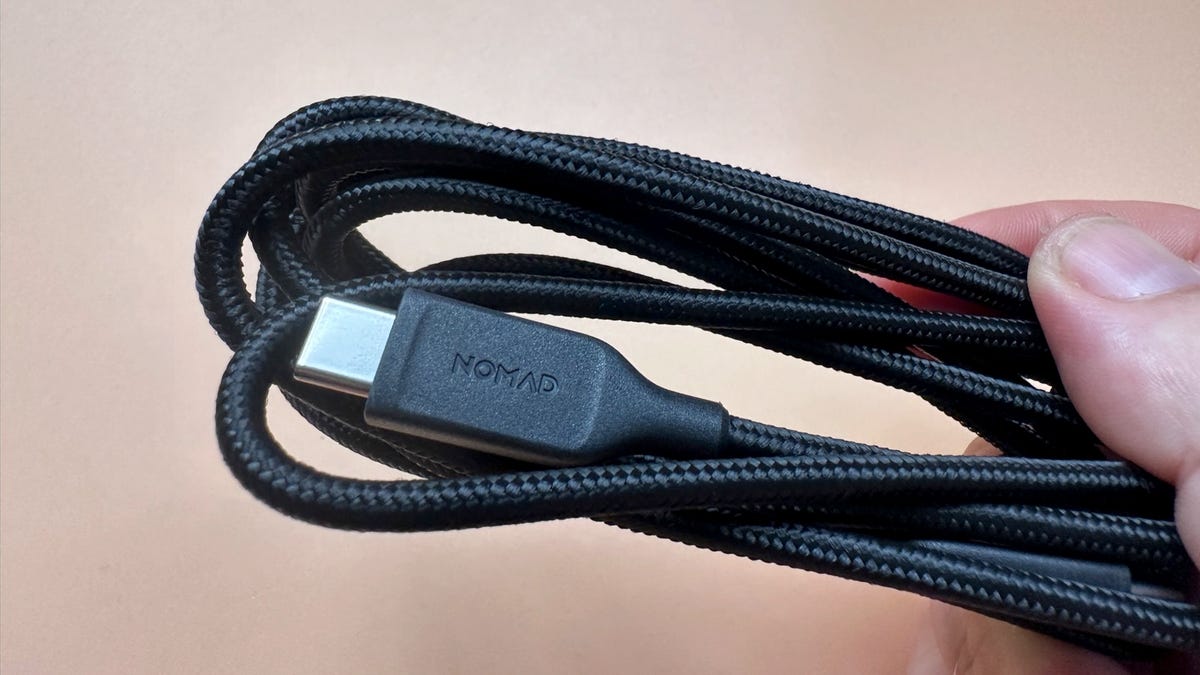
The USB 2.0 data connectivity standard was introduced in April of 2000, with a data transfer rate of 480Mbps. Lightning, the connector standard used from the iPhone 5 to the iPhone 14, and the USB-C connector on the iPhone 15 and iPhone 15 Plus, use USB 2.0 signaling protocols and data transfer rates.
The USB 3.1 data connectivity standard was introduced in July 2013, and the USB Type-C connector was finalized by the USB Implementers Forum (USB-IF) in August 2014. USB 3.2 was introduced in September 2017, replacing, absorbing, and renaming the USB 3.1 specification.
However, USB 3.1 Gen 2 and USB 3.2 Gen 2 data connectivity standards are the same, also known as SuperSpeed+, delivering 10 Gbps. Products labeled under either specification should work on the iPhone 15 Pro and iPhone Pro Max at native speeds, especially if they are USB-IF certified.
Thunderbolt is a proprietary technology owned by Intel and co-developed with Apple. It is a hardware interface for connecting external peripherals to a computer (a PC or a Mac). Thunderbolt version 3 is the basis for the USB4 specification, supports up to 40Gbps throughput, and is backward compatible with USB 3.2 Gen 2, which the iPhone 15 Pro and 15 Pro Max are compatible with.
USB Power Delivery (USB PD) is a fast charging standard delivered over USB-C cables, supporting up to 100W with Standard Power (SPR) and up to 240W with Extended Power (EPR) provided the cable and device support it. With USB PD, The cable “listens” to the device’s wattage needs and adjusts its energy flow accordingly. So, if you connect an 18W iPhone 15 to a cable that can support up to 240W, the charger brick and cable with USB PD support will throttle down to 18W maximum charge rate.




















